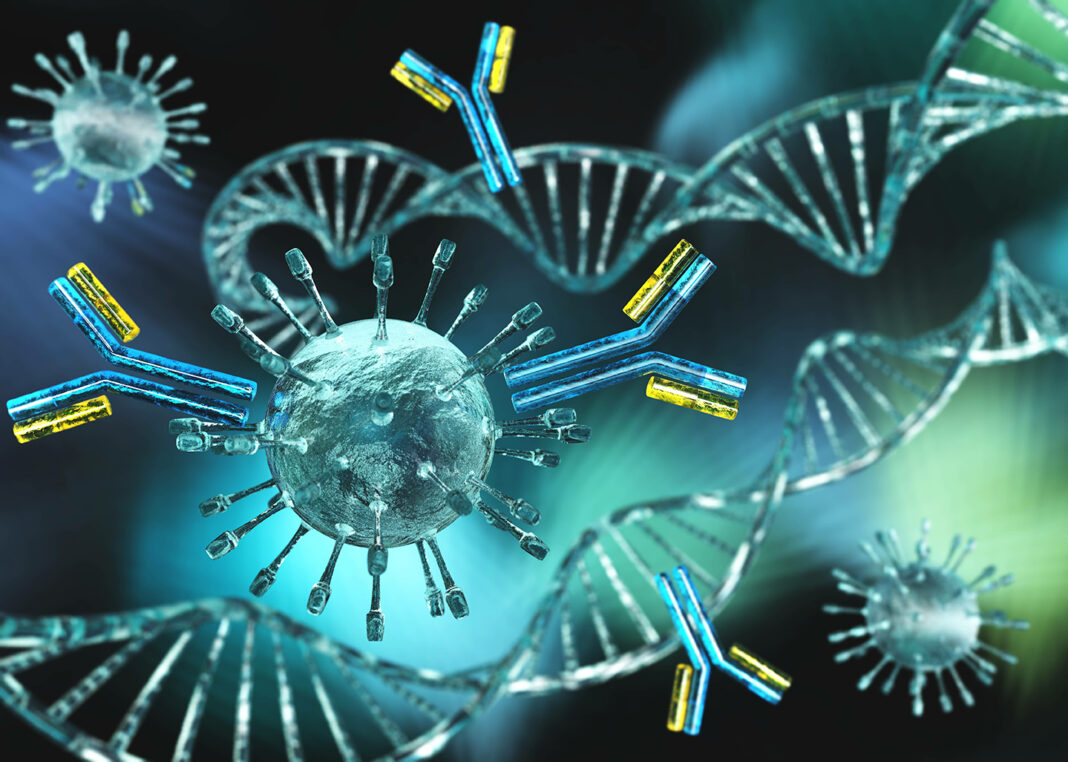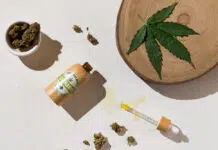The global success and effectiveness of the COVID-19 vaccine have brought peptides into the limelight. But apart from vaccines, there are other applications of peptides across the fields of diagnostics, therapy, and even material science.
Even so, developing products using peptides is still not easy, with countless regulations hampering progress at every stage. This makes it very important for researchers to remain mindful of these hurdles and prepare themselves accordingly.
With that in mind, we will use this blog to explore some regulatory complications related to peptide-based product development. So, let’s dive in to get a better idea!
Regulatory Hurdle 1: Classification of Peptides
The first thing you need to worry about as a researcher or if you plan to buy peptides is the classification. This classification will decide which regulatory pathway you must consider during the research process.
This means the categorization will affect everything from preclinical tests to post-market surveillance. That said, here are some of the most common categorizations of peptides as per the legal standards:
Drugs: If you are following the conventional drug development process, then you can classify your peptides as drugs. This will require you to adhere to all the regulatory standards that come with modern drug development procedures.
- Biologics: Another common categorization is biologics, where you produce peptides from living organisms. This also attracts more stringent regulatory compliance standards that could make things a little difficult for you.
- Medical Devices: Not many people realize this, but we can also use peptides in medical devices. This will attract regulations dealing with the compliance standards of medical device development.
Regulatory Hurdle 2: Adherence to Good Manufacturing Practices (GMP)
Since you are a researcher, it is fair to presume that you must be somewhat aware of Good Manufacturing Practices (GMP). These guidelines establish relevant standards for different people involved in the manufacturing process. This includes everyone from researchers to other personnel.
Unsurprisingly, this is another area where you, as a peptide researcher, might come across some issues. This can be even more difficult if you are someone with experience in academic research and are now transitioning to production. One simple way to address this issue is to get the necessary training in GMP-compliant frameworks and mitigate the chances of things going wrong.
Regulatory Hurdle 3: Designing and Conducting Clinical Trials
Unfortunately, more than one factor can derail your clinical trials for peptide research. You must remember these factors and prepare accordingly to reduce the chances of going wrong. So, here are some of these factors you need to worry about:
- Delivery of Peptides: This is one of the most significant hurdles, as you need to ensure precise peptide delivery to the target tissue. This becomes quite an issue when working with peptides that have poorer bioavailability.
- Variations in Production: Even the slightest variations in peptide production can mess with the consistency and potency of the entire process. This requires you to ensure proper quality measures and reduce the chances of things going wrong.
Final Thoughts
Researchers and scientists from all over the globe have done an excellent job of levering the true potential of peptides. But we all know that none of this would have been possible if there weren’t any proper legal framework at play. So, instead of fearing these legal complications, we must understand them better and make the necessary effort to meet those standards. You can even check out Lotilabs for seamless access to proper peptides.






